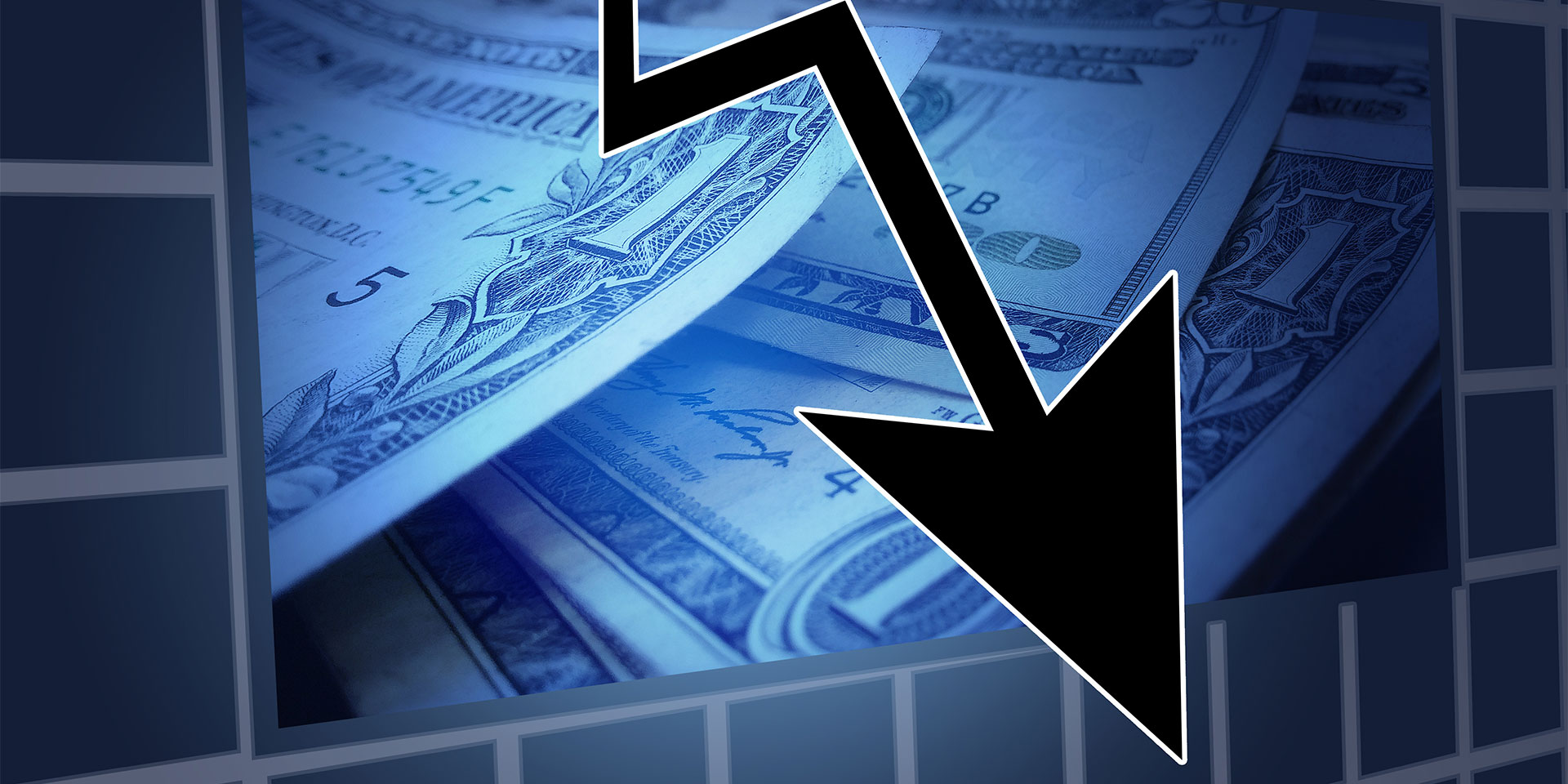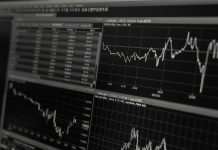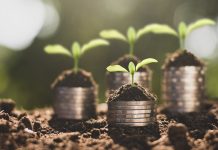“Rays of sunshine in the global economy we saw earlier in the year have been fading, and gray days likely lie ahead“, says Ayhan Kose, deputy chief economist at the World Bank Group, summing up predictions for the global economy after several overlapping crises ended a nearly three-decade period of economic growth.
The world economy “remains hobbled”, according to the World Bank Group’s latest flagship report, Global Economic Prospects, which shows that we are facing a sharp slowdown in global economic growth and the risk of financial stress in emerging market and developing economies amid rising interest rates.
The global economy is slowing. What are the implications?
Global economic growth will slow from 3.1% in 2022 to 2.1% in 2023. The advanced economies (the United States, Japan, and the eurozone countries) will grow by just 0.7% on average, down sharply from 2.6% last year.
The economy has shown resilience in the second half of 2022 and the first half of 2023 in the major advanced economies and in some emerging markets, with the economic recovery in China contributing to an upward revision of the estimates for 2023. However, global economic growth will slow significantly in the second half of this year as the lagged effects of tighter monetary policy and stricter lending rules work their way through.
Banks around the world continue to raise interest rates (we are witnessing the steepest rise in four decades) in an attempt to curb inflation. However, global headline inflation remains high despite the recent fall in energy prices. Inflation is forecast to fall from 7.3% in 2022 to 5.5% in 2023, but will remain above target in the world’s major economies throughout 2024.
Low-income countries that rely on borrowed money are the hardest hit by rising bank interest rates. In fact, 14 of the 28 poorest countries are in debt distress or at high risk of debt distress. Per capita income in 2024 is projected to be 6% below 2019 levels in about a third of low-income countries. “Besieged by high inflation, tight global financial markets and record debt levels, many countries are simply getting poorer,” the report says.

Low-income countries are allocating barely 3% of GDP to spending on their most vulnerable citizens, while interest rates are eating up more and more of their resources. If you look at the ratio of gross domestic product to public debt, the debt ratio has reached almost 70%, up from 37% in 2011.
Policymakers will need to be “exceptionally agile” to manage the risks posed by rising bank interest rates, as they grapple with the impact of pandemics and supply chain disruptions from the war in Ukraine. The global economy remains in a precarious state, World Bank Group experts conclude, stressing that it lacks the strength to make substantial progress in eradicating extreme poverty, combating climate change, and rebuilding human capital.
In addition, the direction of the global economy remains unclear, with economists worried about a possible recession in the US that could trigger a new global recession.
How likely is a recession scenario?
A recession in the US economy could also be triggered by the Federal Reserve’s balancing act of trying to curb inflation by raising interest rates. After ten consecutive rate hikes, Fed officials have decided to keep rates between 5% and 5.25%, but have not ruled out further increases until the end of 2023.
Finding the perfect balance (raising rates without reaching the point where they cause a recession) is very difficult because decisions are made on incomplete, preliminary data, says Raghuram Rajan, an economist at the University of Chicago’s Booth School of Business. “The things that we’re nervous about are all the things that we don’t have a lot of hard data about,” says Karen Dynan, who teaches economics at Harvard University.
In July 2022, Michael Gapen, chief economist at Bank of America, the largest US bank, estimated that the US was heading for a “mild recession” by the end of the year, but in September he revised his estimate, saying there was no risk of a recession until the first half of 2023.
Contrary to these forecasts, the US economy grew by a stronger-than-expected 2% in the first quarter. Unemployment remained close to pre-pandemic lows and retail sales have started to recover.
The new data prompted Gapen to revise his estimates. He says he wants to avoid “forecasting a perpetual downturn six months into the future.”
At the same time, he remains convinced that the Federal Reserve will be forced to raise interest rates to the point where the unemployment rate rises significantly. The new forecast is that next year the US economy will suffer a “growth recession” rather than a mild recession. Despite the positive ring of the name, a “growth recession” isn’t a good or even a painless scenario—it’s a prolonged period of economic slowdown with rising unemployment, but it avoids an outright contraction of the economy.
A recent report by JPMorgan Chase, one of the world’s oldest financial institutions, warns that the United States should prepare for a “boiled frog” recession (in which the economic decline occurs slowly, without obvious signs to alert markets, leading to delayed action and therefore more severe consequences). The report presents four possible macroeconomic scenarios for 2023 and 2024 and shows that the most likely of these (with a 36% chance of materialising) is for the US to enter a recession at the same time as the global economy, with the main catalyst being tighter monetary policy in several countries struggling with inflation.
Global economic (un)certainties
“Nearly all the forces that have powered growth and prosperity since the early 1990s have weakened,” says the World Bank Group’s Falling Long-Term Growth Prospects: Trends, Expectations, and Policies report, published in 2023. This decline comes after a period of prosperity—in a single generation, a quarter of developing countries have managed to move into the high-income bracket.
Using the data in the report, economics journalist Patricia Cohen has published an analysis in the New York Times trying to identify the reasons why, at least on the surface, “everything we knew about the global economy is no longer true“.
Thirty years ago, the sociologist Francis Fukuyama launched the “end of history” theory, according to which Western-style liberal democracy would be adopted by all societies and become the only form of government for humanity.
The collapse of the Soviet Union seemed to confirm this theory, Cohen writes, describing the exuberance of the 1990s in which the old Cold War order of conflict was thought to be gone, replaced once and for all by one of global flows of goods, money, and information. There was no shortage of reasons for this exuberant optimism—inflation was low, world trade had doubled, the stock market was booming, investment in the developing world was soaring, and hundreds of millions of people had escaped the spectre of extreme poverty.
However, there have also been surprising failures, the journalist writes, listing the mistakes of policymakers and how globalisation has accelerated climate change and exacerbated economic inequality.
Thirty years after the collapse of communism, many of the old theories and hopes have been dashed. Shared economic interests could not prevent a catastrophic war like the one in Ukraine. Tensions between China and the US have raised the prospect of a new Cold War, although Presidents Biden and Xi Jinping reject the comparison. After years of decoupling “the sources of our prosperity from the sources of our security,” with Europe getting cheap energy from Russia and cheap manufactured goods from China, “this is a world that is no longer there,” said Josep Borell, the European Union’s head of foreign affairs and security policy, 10 months after the invasion of Ukraine.
Indeed, even our attempts to find encouraging information that paints a rosy picture of the economy are a “look back into an old world that doesn’t exist anymore“, says Ian Shepherdson, chief economist of Pantheon Macroeconomics.
As we step back to assess the situation, looking at a global economy that is increasingly revealing its fragility, we are perhaps left with only one confident assumption, concludes Cohen: “The path to prosperity and policy trade-offs will become murkier.”
Carmen Lăiu is an editor at Signs of the Times Romania and ST Network.



















